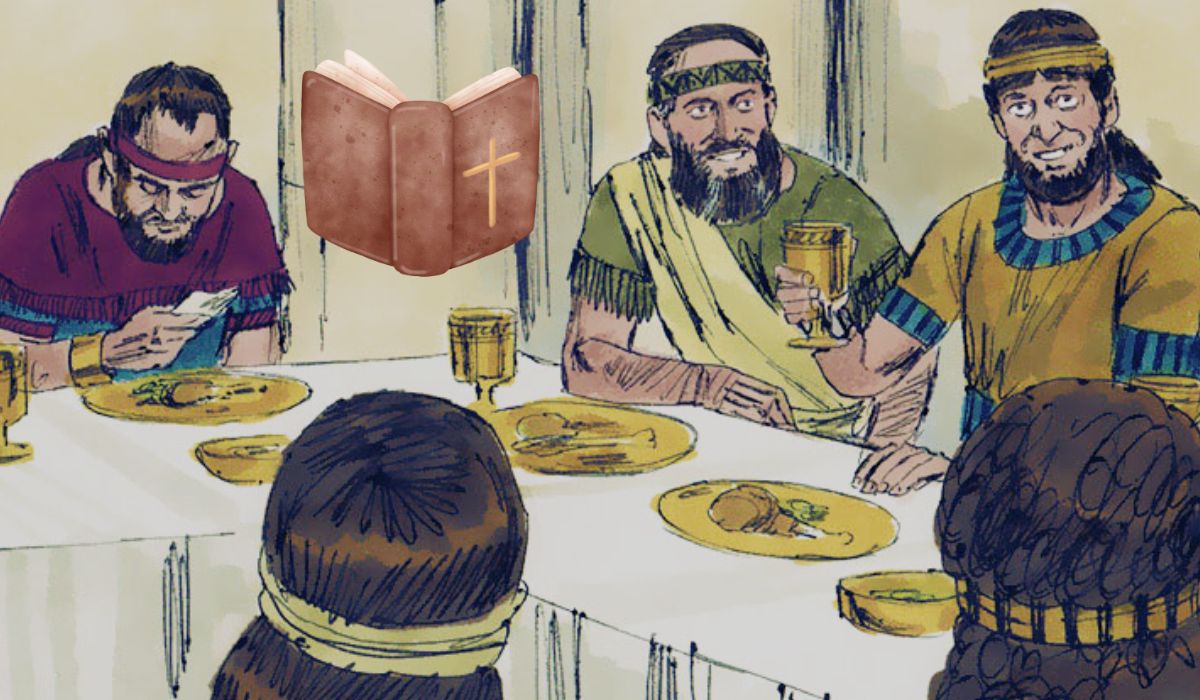In the rich imagery of the Bible, the term “sheave” appears often, symbolizing harvest, blessings, and the results of hard work. Sheaves are not just bundles of grain; they carry deep spiritual meanings that resonate with faith, perseverance, and joy. This article unpacks the historical, spiritual, and symbolic relevance of sheaves in the Bible.
Understanding Sheaves in Biblical Times
Sheaves were central to the agrarian life of ancient Israel. They were bundles of harvested grain, tied together for transport and storage. This simple yet vital practice carried profound spiritual and cultural significance.
What Were Sheaves Used For?
- Harvest Gathering: Farmers tied harvested crops, like wheat or barley, into sheaves for easy transportation.
- Threshing: The grain from the sheaves was separated from the chaff at the threshing floor.
- Offerings: Sheaves were often brought as offerings during significant religious festivals, such as the Feast of Weeks.
Spiritual Significance of Sheaves
The Bible often uses sheaves as a metaphor for God’s blessings and the fruits of spiritual labor. This imagery reminds believers of the principles of sowing and reaping.
Sheaves as Symbols of Abundance
- Sheaves represent the rewards of diligence, faith, and perseverance.
- In Psalm 126:6, “bringing in the sheaves” symbolizes the joy of harvest after sowing in faith and tears.
Sheaves in Joseph’s Dream
- In Genesis 37:7, Joseph dreams of his brothers’ sheaves bowing to his, foretelling his rise to power and their eventual submission.
- This story illustrates God’s providence and the fulfillment of divine plans.
Biblical Context of Sheaves
Sheaves were more than agricultural products; they had specific uses in religious rituals and festivals.
How Much Is a Sheaf in the Bible?
- A sheaf was large enough to carry but varied in size.
- During the Feast of Weeks, the Israelites brought offerings from their sheaves, such as loaves made from fine flour (Leviticus 23:17).
Feast of Weeks and Sheaves
- Known as Shavuot or Pentecost, this festival celebrated the wheat harvest.
- Sheaves symbolized gratitude for God’s provision.
The Symbolism of Bringing in the Sheaves
Psalm 126:6 vividly portrays the act of bringing in the sheaves:
“He that goeth forth and weepeth, bearing precious seed, shall doubtless come again with rejoicing, bringing his sheaves with him.”
Lessons from the Verse
- Sowing in Faith: Planting seeds amidst challenges symbolizes faith in God’s plan.
- Reaping with Joy: Harvesting sheaves represents the fulfillment of God’s promises.
Historical and Cultural Insights
Agricultural Practices
- Crops like barley and wheat were the backbone of Israel’s economy.
- Sheaves were essential for efficient transport and storage before modern machinery.
Visualizing Sheaves
- Sheaves were tied bundles, often depicted in art and scripture as tall and upright.
- Harvesters carried them on their shoulders or placed them on carts.
Deeper Connections: Sheaves in Worship
Sheaves as Offerings
- Sheaves were often presented as first-fruits offerings, symbolizing trust in God’s provision.
Sheaves and Festivals
- Sheaves were integral to festivals such as Passover and Pentecost, emphasizing their role in worship and thanksgiving.
What Does Obeisance Mean in the Bible?
In Joseph’s dream, the act of sheaves bowing symbolizes obeisance—a gesture of respect or submission. This foreshadowed Joseph’s authority and his brothers’ eventual acknowledgment of God’s plan.
Quotes and Reflections on Sheaves
- “Sow in faith, reap in joy.” This principle underlines the Biblical imagery of sheaves, reminding believers to persevere through challenges.
- “The harvest is plentiful, but the laborers are few” (Matthew 9:37). Sheaves metaphorically represent the spiritual harvest awaiting diligent workers.
A Table of Sheave References in the Bible
| Verse | Context | Symbolism |
|---|---|---|
| Psalm 126:6 | Bringing in the sheaves | Joy after perseverance |
| Genesis 37:7 | Joseph’s dream | Authority and divine fulfillment |
| Leviticus 23:17 | Offerings during Feast of Weeks | Gratitude and provision |
| Ruth 2:7 | Ruth gleaning in the fields | God’s provision for the faithful |
Key Takeaways from Sheaves in the Bible
- Faith and Perseverance: Sheaves embody the rewards of laboring faithfully through hardships.
- God’s Provision: They remind believers of God’s blessings and promises.
- Spiritual Harvest: Just as farmers gather sheaves, Christians are called to gather the fruits of their faith.
The Enduring Message of Sheaves
Sheaves in the Bible are more than agricultural symbols—they are a testament to faith, perseverance, and divine blessings. Whether through the imagery of Joseph’s dreams or the joy of Psalm 126, they remind us of the spiritual harvest that follows sowing in faith. As we reflect on their meaning, let us strive to bring in the sheaves of our spiritual labor, rejoicing in God’s abundant provision.












